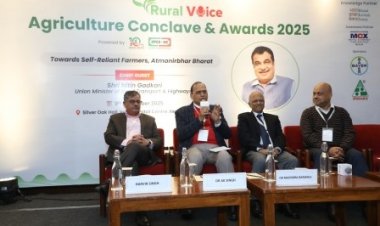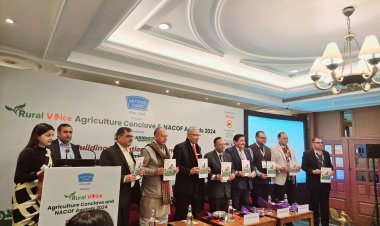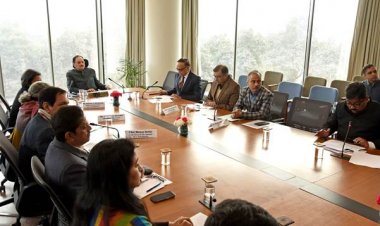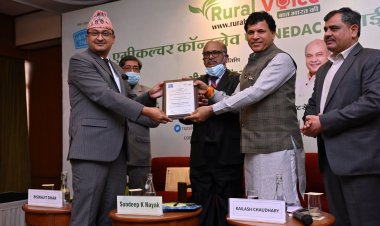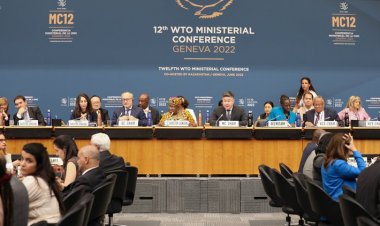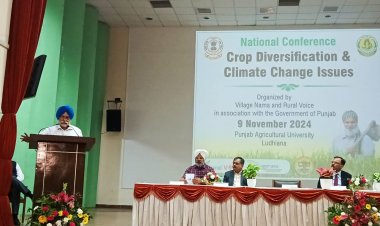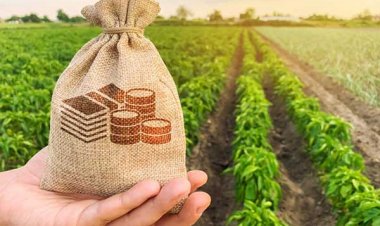Rice comes at a price as Govt's efforts boomerang
According to the latest data of the Central Consumer Affairs Department, in the last one month (August 12-September 12), retail prices of rice (normal) have increased by 2.77 per cent and wholesale prices have increased by 2.4 per cent. Whereas in the last one year (from September 12, 2022 to September 12, 2023), the prices of rice have increased by 10.48 per cent in retail and 11.21 per cent in wholesale.
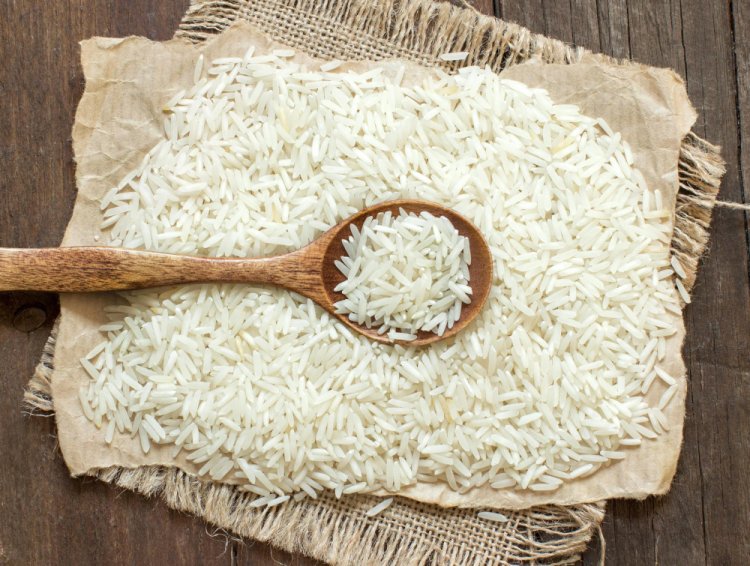
August 25, 2023: Decision to impose 20 per cent duty on the export of non-Basmati parboiled rice (Sela rice) and to make the minimum export price of Basmati rice at $ 1200 per tonne.
August 9, 2023: Decision to sell 25 lakh tonnes of rice from the central pool through e-auction under Open Market Sale Scheme (OMSS) till March 31, 2024 and to reduce the reserve price of rice for e-auction by Rs 200 to Rs 2900 per quintal.
July 20, 2023: Ban on export of non-Basmati white rice.
June 12, 2023: Food Corporation of India (FCI) bans supply of wheat and rice to the states under OMSS.
September 8, 2022: Decision to stop export of broken rice and impose 20 per cent duty on export of non-Basmati white rice.
These are some of the decisions that the Modi government has taken with the aim of curbing rising prices of rice in the domestic market. Despite this, the prices of rice are continuously increasing instead of decreasing. The figures of the Central Government itself are testifying to this.
According to the latest data of the Central Consumer Affairs Department, in the last one month (August 12-September 12), retail prices of rice (normal) have increased by 2.77 per cent and wholesale prices have increased by 2.4 per cent. Whereas in the last one year (from September 12, 2022 to September 12, 2023), the prices of rice have increased by 10.48 per cent in retail and 11.21 per cent in wholesale.
According to data from the Central Consumer Affairs Department, the average retail price of rice at the all-India level is Rs 42.26 per kg, which was Rs 41.12 per kg a month ago and Rs 38.25 per kg a year ago. The average wholesale price of rice at all India level is currently Rs 3,727.04 per quintal which was Rs 3,639.69 last month and Rs 3,351.42 per quintal a year ago. On September 12 itself, the government released the retail inflation figures for August 2023. It is clear from those figures that inflation of grains remains in double digits at 11.85 per cent, whereas food inflation has been 9.94 per cent.
Apart from all this, there is another reality that very low bids are being received for rice in the e-auction being conducted under OMSS. In order to increase the availability of rice in the domestic market and control the price, the Central Government has not only banned the states from bidding in it, but has also given preference to small traders instead of big traders so that more and more traders can participate in it and hoarding by big traders can be stopped.
Despite this, FCI's rice offtake is very less. For example, in the last auction of the 11th round (September 6), 4.89 lakh tonnes of rice was offered by FCI for sale, against which buyers bid for only 17,000 tonnes or 3.47 per cent. Same was the condition of the previous 10 auctions.
When asked for comments, former Union Agriculture Secretary and former FCI Chairman Siraj Hussain told Rural Voice: “The interest of private traders in e-auction of rice under OMSS has been less in the past also. Rice has been lifted by the state governments only. Since states have now been barred from participating in the OMSS auction, the offtake of rice is less. The problem is if private traders buy expensive rice then at what price they will sell it.”
Despite all the efforts of the government, why are the prices of rice not decreasing in the domestic market? In response to this question of Rural Voice, Vijay Kumar Setia, former President of All India Rice Exporters Association and Chairman and Managing Director of Chaman Lal Setia Exports Limited, says, “In the matter of rice, the government has to take care of both the consumer and the farmer. To protect the interests of farmers, while Minimum Support Price (MSP) is fixed for non-Basmati paddy and its government procurement is done, rice is given to poor consumers at cheap prices through the Public Distribution System (PDS). In this way a price control mechanism has been created. On the other hand, when more rice of the same variety starts getting exported, domestic prices start increasing.
“Before the ban on non-Basmati rice export was imposed, it was being said that the price had increased by 30 per cent but the truth is something else," he said.
He said, “During the Corona period and even after that, the government was giving PDS rice to the poor for free. That rice was coming in the open market by some means and was fetching Rs 20-25 per kg. As soon as the government stopped giving it free and fixed its price at Rs 3,100 per quintal and asked the states to distribute it, the prices increased in the open market."
The wholesale price of rice, which was earlier available at Rs 2,000-2,500 per quintal has become Rs 2,800-2,900 per quintal, he added.



 Join the RuralVoice whatsapp group
Join the RuralVoice whatsapp group


















